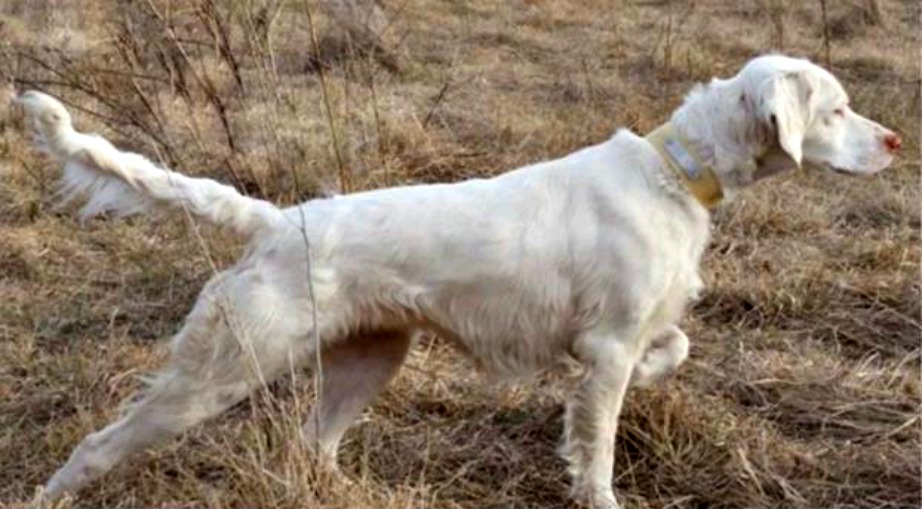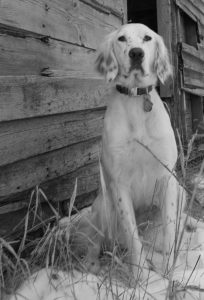
4 Steps to Hire a Sales Hunter and BDR that Fits Your Winning Sales Strategy
What is your sales strategy to get the right salespeople in the right sales seats to grow your business in 2021?
Sales growth is second nature to me. (I was the top seller of cleaning products at Stanley High School for our FHA Club! The prize? A transistor radio!) Have you got hunters in your sales team?
Hunting and pheasant hunters are natural to me also, having grown up on the TTT ranch hunting preserve in Northwestern North Dakota. It’s awe-inspiring to see your hunting dog do exactly what God designed it to do. And, I believe, it’s equally inspiring to see a skilled Business Development Rep hunting for new sales business.
Problem: Sales hunters and BDRs are tough to find. They sound good during the interview. Once hired, results are often disappointing. It’s frustrating.
Another problem: After a year like 2020, you can’t afford to miss on this next hire. It’s got to work. There’s too much at stake.
What sales strategy do you have in mind doing to attract the sales hunters that will sustain business growth in 2021?
Steps to Hiring Sales Hunters that fit your Sales Strategy
Your leadership matters – right now! Following, are 4 Steps to ensure that you hire a sales hunter and BDR that fits your sales strategy:
Step 1 – How to Increase Sales with the Right Hunter and Business Development Rep
Before you can hire the ideal candidate, you must know what you need them to do. Will they be hunting for pheasants, deer, or elephants? Each of these requires a different hunting strategy. That’s why it’s critical to create your “Ideal Candidate” profile based on 19 different key areas. Some of these areas include:
- the price of the product(s)/service(s) you sell;
- your competition;
- your prospect;
- the complexity of the sale; and
- company culture.
And, there are 15 more areas which are critical to understand before you even start the recruiting process.
This profile is a guide for identifying candidates whose successful track records closely align with your sales environment. You need candidates that are the right fit for your company, market, pricing strategy, and your unique positioning.
Step 2: Your Ad & Job Description is Part of Your Sales Strategy
It is critical to develop a powerful recruiting ad and job description. When the hunter reads it, he/she must say, “This is me!”
Make it a standout, using powerful wording that calls out to the hunter, “We want you!”
Describe what you’re looking for: a keen sense that enables them to track down decision-makers, a fearless ability to ask insightful questions to get to the truth, etc. Don’t forget to include your vision and plans for aggressive growth and expectations.
Write a laser-focused job description also. Use action verbs and metrics. This is useful throughout the entire employment cycle. Once you’ve found your ideal candidate, you can use it to create hiring agreements that leave no room for guesswork and it can also be used during performance appraisals and compensation reviews.
Recruiting, hiring and fast-tracking a high-performance millennial sales team is a top priority for every high-growth company’s business strategy. ~ Millennial Sales Hiring, Danita Bye Share on XStep 3: How to Increase Sales with Accurate Insights
Now that you have the resumes and inquiries, you’ll want to quickly identify if you candidates can hunt pheasants, deer, or elephants…or not, in your unique environment. Here’s a word of warning – don’t rely on the resumes alone.
Studies indicate that 40% of resumes are distorted. Resumes often project the candidate as they want to be seen, not as they are. I’m a huge fan of Objective Management Group’s extensive research on high-performance salespeople. According to them, in general, hunters…
- Prospect without fail
- Sail past gatekeepers
- Sniff out decision-makers
- Secure appointments
- Receive plenty of introductions
- Don’t seek approval
- Recover quickly from rejection
The most accurate way to determine if candidates are true BDRs and sales hunters is to have them take proven assessments that analyze their characteristics and behavior.
Is finding the right people to grow your business something that comes naturally to you? Or, is it a big frustration? Watch this video, Top Tips for Successful Millennial Sales Hiring
Step 4 – The Interview is a Critical Sales Growth Strategy
Now that you have objective data that your candidate can hunt the way you need them to hunt, it’s time to interview. You can get more info in my book, Millennial Sales Hiring: Seven Proven Steps to Recruit, Hire, and Fast Track Your Millennial Sales Teams, which has just been released on Amazon.
Here are important steps to get the most out of the interview:
- See the interview as an audition. Look for the behaviors you want to see on a sales call. These include self-presentation, composure, maturity, style, resilience, and questioning and listening skills.
- Include a video interview. In the first two to three minutes, you’ll determine if the candidate merits further consideration. Did they engage with you? Are they zeroing in on the next step? Keep a scorecard of exactly what you’re looking for, so you can be more objective in assessing the candidate. You want to build processes that help you not get distracted by the “halo effect.”
- Use the 3 x 3 x 3 Rule. I encourage clients to meet with qualified candidates on 3 different occasions; in 3 different environments; scrutinizing 3 different aspects of their natural wiring that the assessments have uncovered. The idea is to get a variety of perspectives since salespeople call on a variety of people in a variety of situations. Depending on your unique situation, it may not be possible to do in-person interviews at this stage. Thankfully the latest technology enables you to do video interviews so that you can assess body language, engagement, and other things you would look out for during a personal interview.
- Align corporate goals with their personal goals. You want to dig deep to ensure there’s alignment before you invest all the time, effort, and energy into onboarding your candidate onto the team. It’s a disaster to discover misalignment three or four months into the hire.
- Review your expectations for metrics and goals. Hunters operate best under a set of clear expectations. Define details in a performance management document. Otherwise, they will create their own rules.
- Interview for values also. Each company has its own set of traits and attitudes they regard as non-negotiable values necessary to perform the required tasks within the organizational structures. Those values are a core part of each company’s culture.
- Check for character: To strengthen your business’s brand and not damage it, it is critical that your ideal BDR and salesperson possesses inherent ethical behavior based on strong personal values. Will your hunter hold to their ethical behavior and values even when challenged to quash them in hopes of making more or easier sales?
Every legendary pheasant hunter wants a truly great hunting dog on their team.
Successful business leaders know that they too need the unique skills and sales acumen that a great sales hunter and Business Development Rep will bring to their team.
These critical steps in the recruiting process will shine a bright light on how your prospective new hunter will perform in 2021.
For quick tips on strengthening your recruitment processes, get Millennial Sales Hiring: 17 Recruiting Tips to Give Your Business the Competitive Advantage.
Leadership Lesson: Hunters perform best under a clear set of metrics, so be sure they know up-front exactly what you’re expecting of them.
Leadership Question: What steps might you take today to strengthen your sales recruiting process, a critical step in your Sales Strategy execution?





No Comments